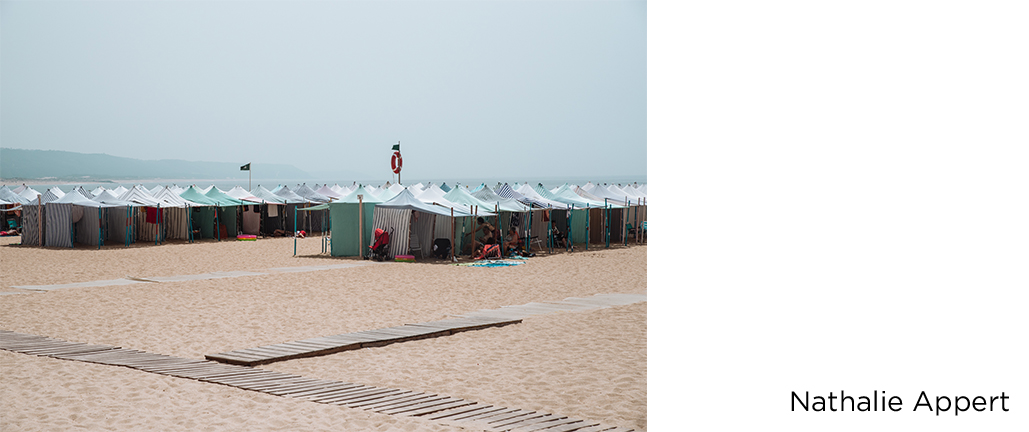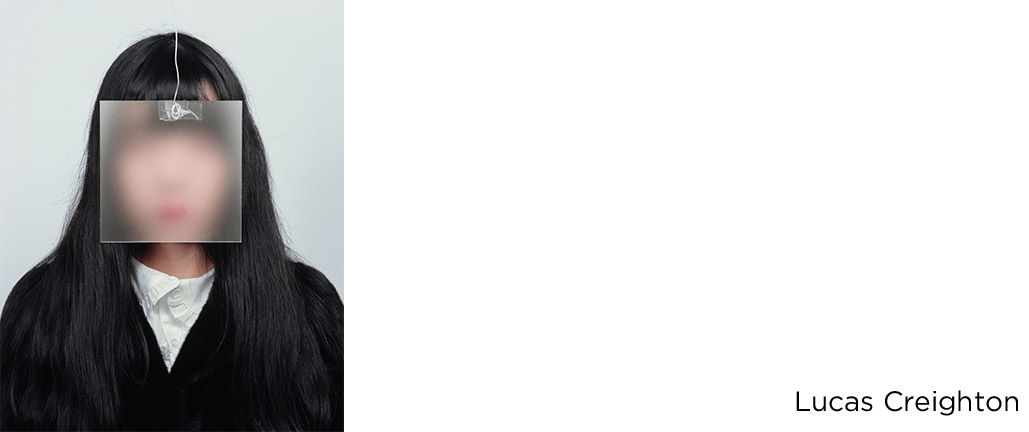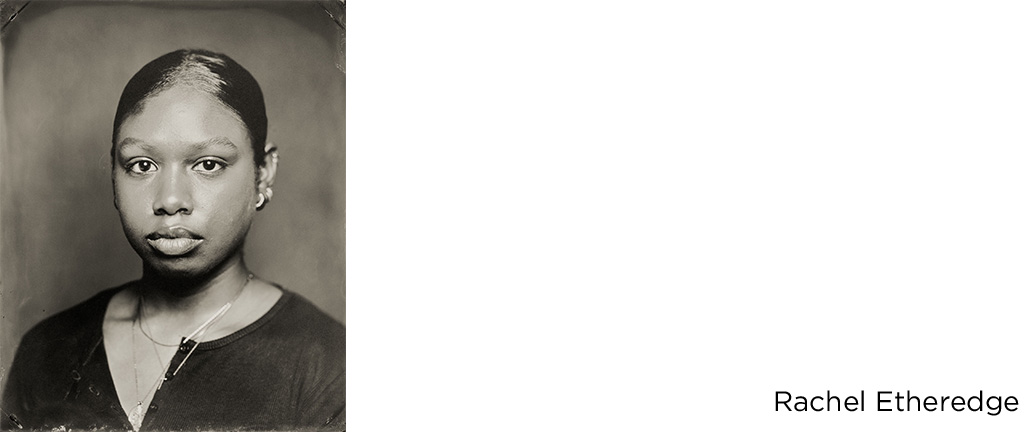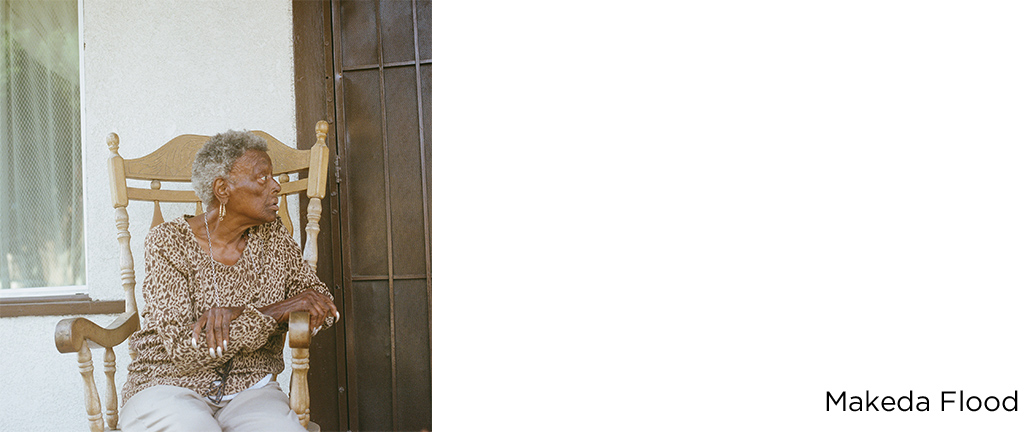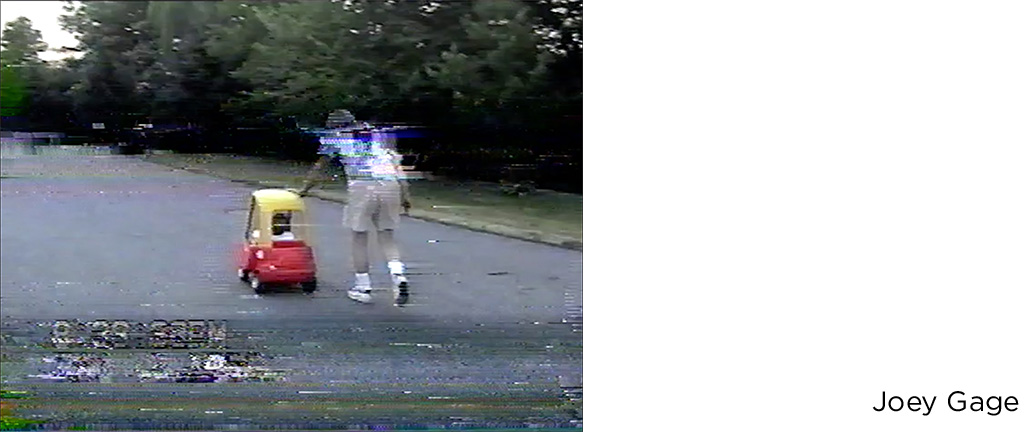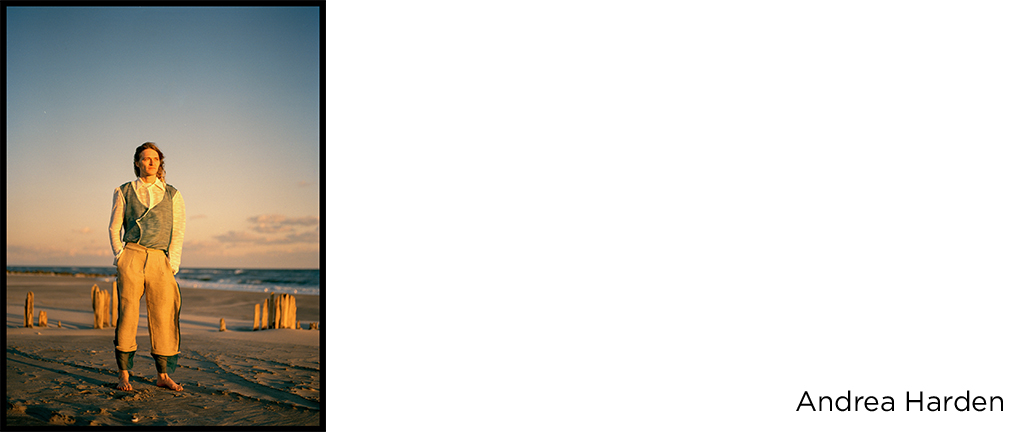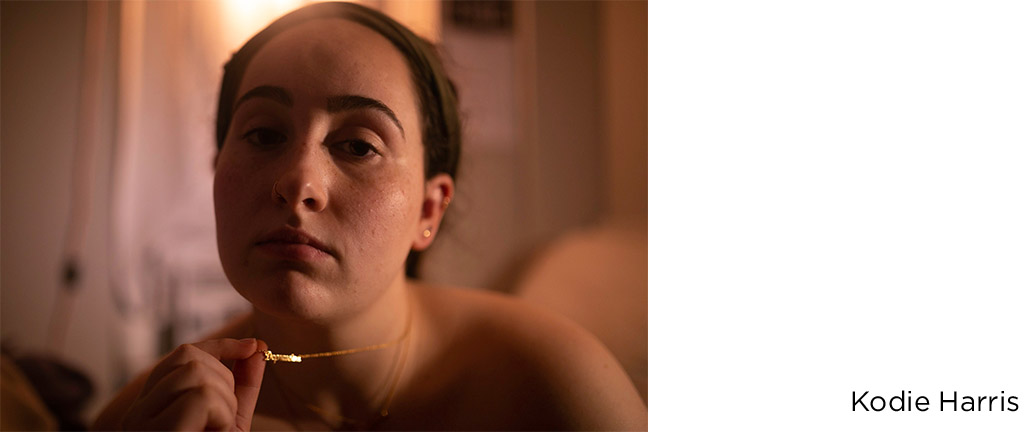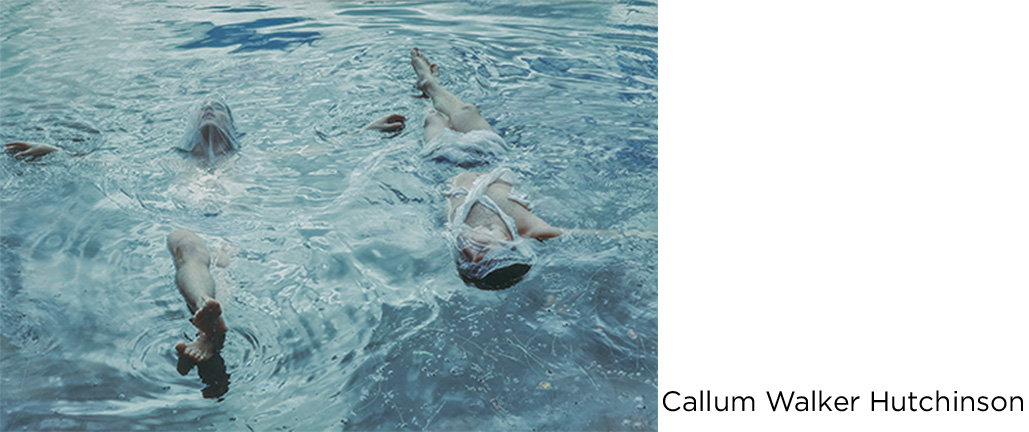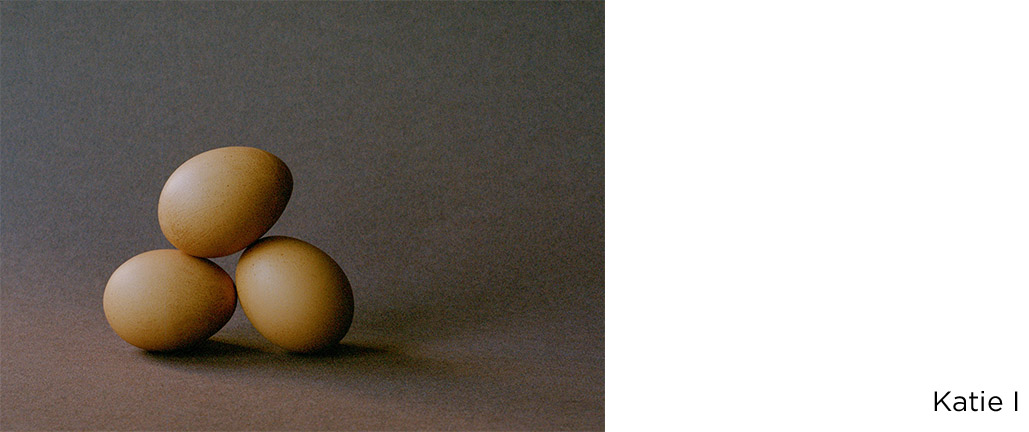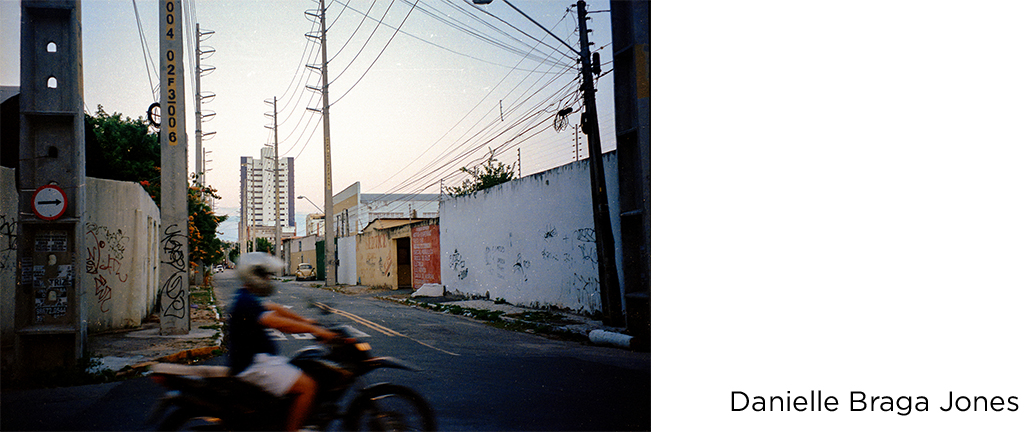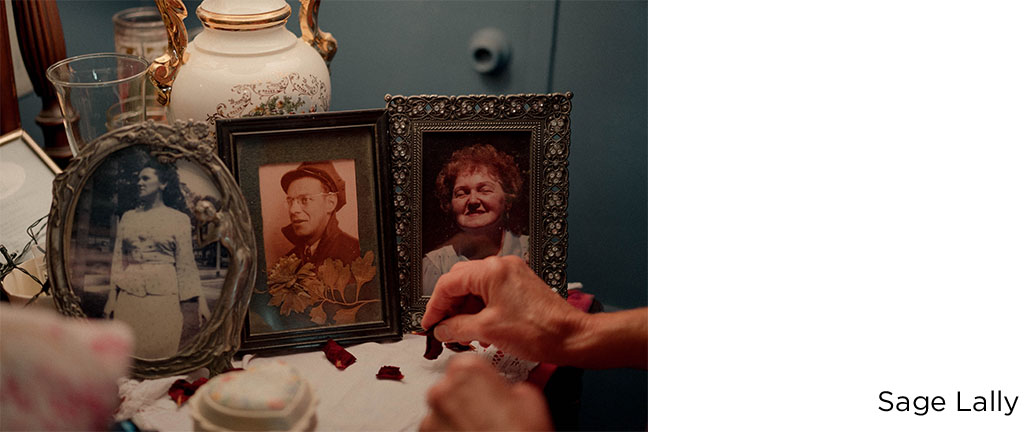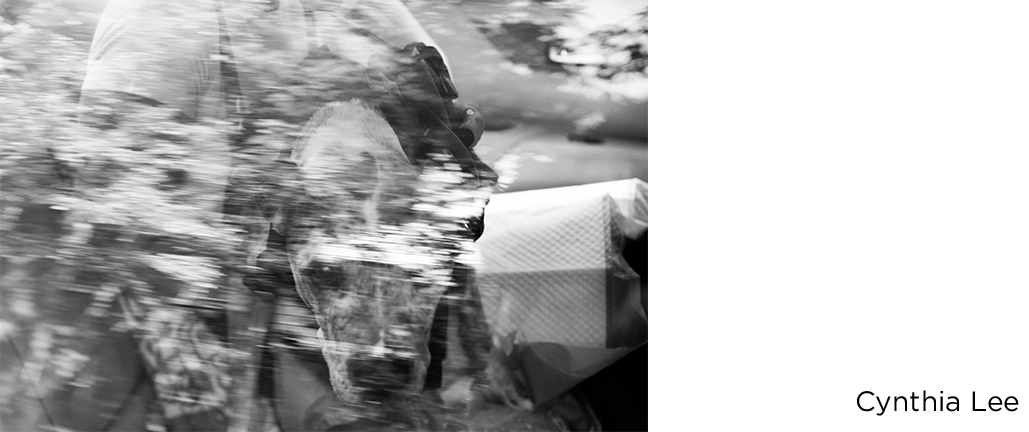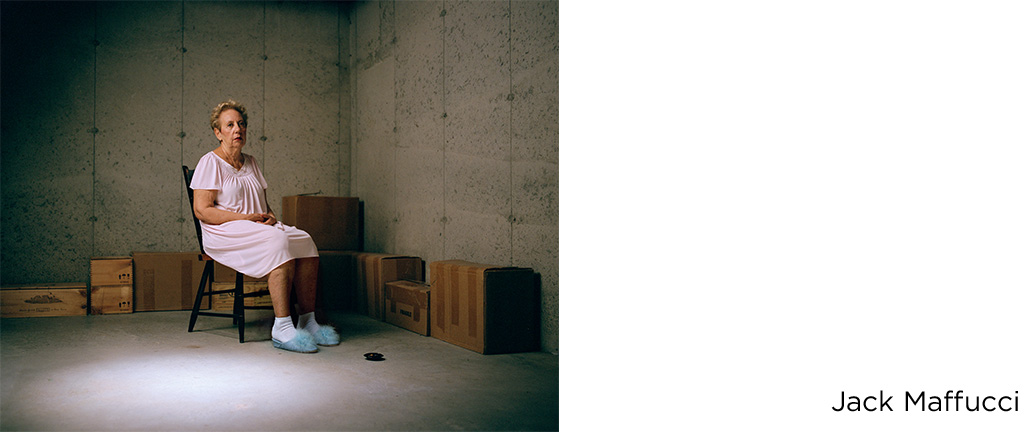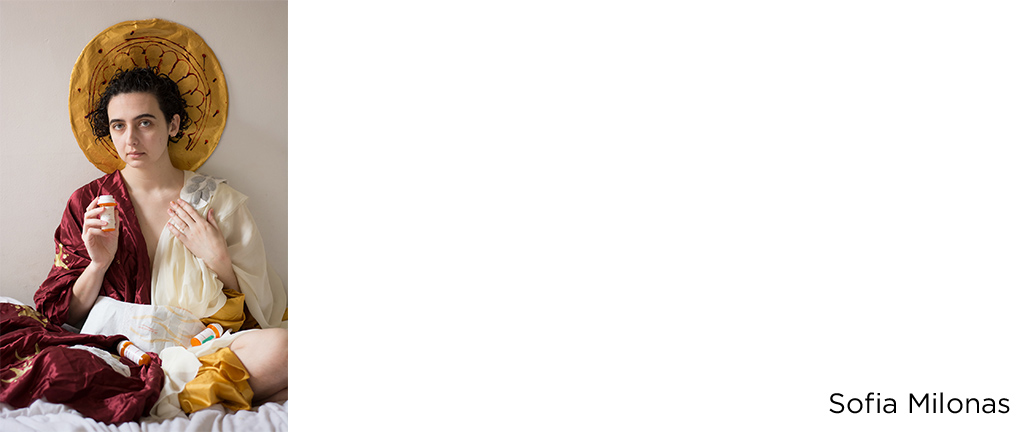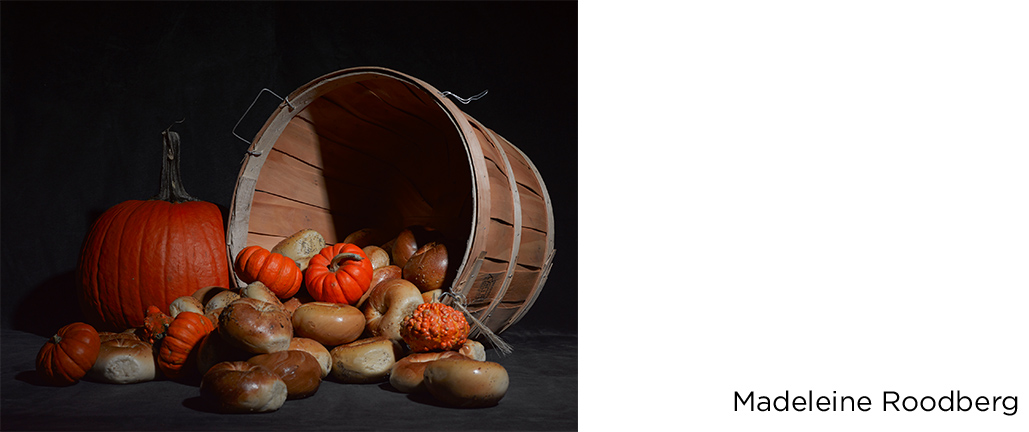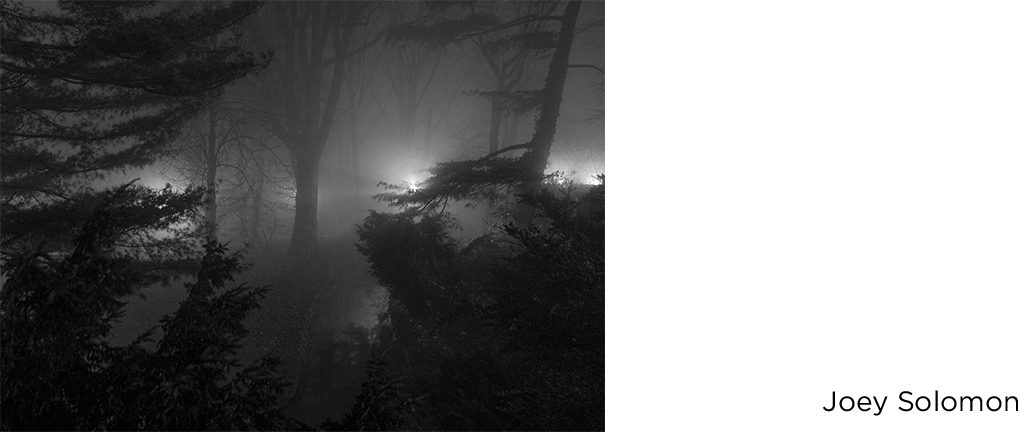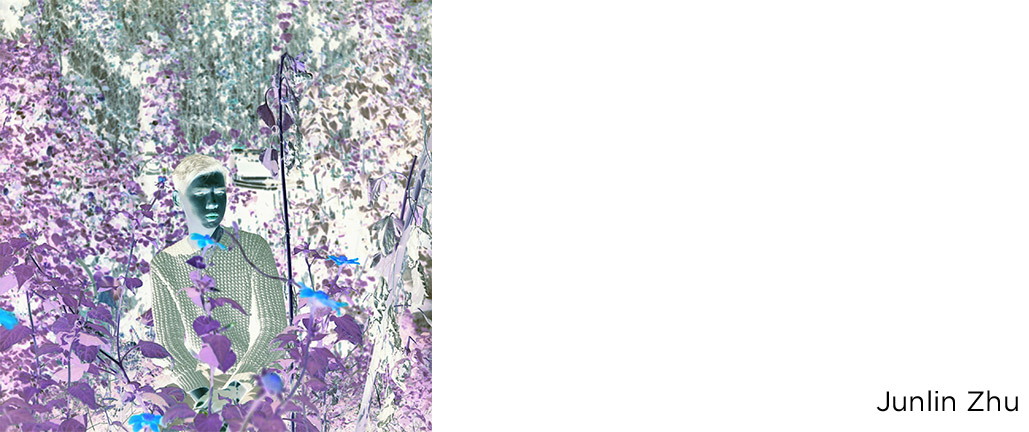Senior Show One 2019
Opening Reception
Thursday, January 31, 2019
6:00-8:00pm
Department of Photography & Imaging Galleries
Lobby & 8th Floor
721 Broadway (at Waverly Pl.)
NYC
An exhibition featuring works in photography, imaging, and multimedia by 17 graduating seniors from the Department of Photography & Imaging class of 2019.
Show One is the first in a series of two BFA exhibitions of the work of the entire graduating Photography & Imaging class.
It will remain on view from January 31 to March 21, 2019.
Gallery hours are 10:00am to 7:00pm weekdays, and 12:00pm-5:00pm Saturdays. Admission is free and open to the public. Photo ID is required for access to the building.
For more information, email tischphoto@nyu.edu or call 212-998-1930
Nathalie Appert
Free Structure
I took these photographs with a purpose of fun and happiness, to show an appreciation of my surroundings in different places of the world. Through careful composition, the lines, shapes, textures, and colors from steps, corners, windows, and walls put down by architects, become a new composite. These moments and details produce satisfaction, as I was meant to press the shutter at this time and place. In a moment of calm and appeasement, I end up with pleasing photographs, which add up into a greater aesthetic over time.
This work relies heavily on visuals, which is the most basic, yet fundamental aspect of photography that drew me in. I hoped to keep a world that would present itself infrequently for a more permanent time and without being limited by spatial boundaries. I took these photographs through a lens free of complications, thoughts, or direction. This work makes up a peaceful realm that can be present at all times.
Lucas Creighton
Virtually, Nobody
Within the digital age, humans of the western world are tremendously reliant and largely inclined to share all information of their personal lives on Internet profiles. We share all business activities, accomplishments, and experiences on LinkedIn in hopes of looking professional and qualified for a future employment position. We share our sexual preferences, turn-ons and turn-offs, and qualifications of our ideal life partners on Tinder in hopes of finding love.
The series Virtually, Nobody, a double entendre, represents this rarity of online anonymity in the 21st Century through a number of portraits, all without showing the faces of subjects.
Rachel Etheredge
Always Hidden, Always Present
Mental illness has always been present in the world but only recently have people began to discuss about it more openly. I have personally struggled with depression myself for many years and after my sibling attempted suicide a few months ago, I knew I had to work through these emotions using my art. I wanted to create an intersection between art and technology with a focus on mental health. Virtual reality has become a treatment for many different cases of mental illness, therefore I wanted to explore this with augmented reality. Using tintypes, I captured individuals who have dealt with depression and included intimate recordings of each subject’s personal struggle with this illness. Accompanied by their own voices, these intimate portraits humanize these mental illnesses that have become psychologically technical through the years.
Makeda Flood
Ifa Makeda Selassie
Makeda Flood explores the dichotomy of the biracial experience through personal narrative. Her installation combines archival images and new material, emphasizing the duality of her reality.
Joey Gage
Static Memory
This project explores fading memory while revisiting and reimagining it through what is known in the present.
Andrea Harden
Things That Are Green and Things That Aren’t
Most people find nature to be restorative and rejuvenating, and that is the extent of their relationship. But what if you could have more? What if you integrate subject and location to a more harmonious and symbiotic relationship?
Clothing’s purpose is to be a barrier between element and body, so what if we took that and used it as the bridge instead? Partnering up with fashion designer Ryan Andrewsen, we set out to explore this idea. Using reference from each location, each garment was created to both blend and stand out. Models were asked to express their relationship with the nature using bodies to form connections.
Kodie Harris
Why Am I Like This?
I have panic disorder, agoraphobia, major depressive disorder, insomnia and generalized anxiety disorder. I have been showing symptoms since I was 8 years old. It took 12 years to diagnose what I experience. My thesis focuses on my struggle with mental health and the burden of trying to hide it from everyone close to me. Doing this helped me to understand myself more but also pushed me further on my journey of trying to recognize… and so I ask myself, “Why Am I Like This?”
Callum Walker Hutchinson
Slaughtered a Lamb to Birth a Spider
Slaughtered a Lamb to Birth a Spider is a timeline of how my relationship with myself has developed over the years. For me, confrontations with issues I have faced in my past, and continue to face, are all things I aim to ignore and push past. These feeling however, are constantly present, always lingering around in my head, tormenting and torturing me. My desire to escape these feelings has created a relationship within myself where two individuals are occupying one body. Victim and predator, living under one roof fighting it out to see who will survive.
Katie I
Equilibrium
I have always been interested in the discreet relationship between objects’ forms and color. Whether it is through reality or one’s imagination, the human mind has different ways of drawing connections between unrelated things. Objects that are able to balance the instability of the others. Independent of one another, but increasingly resonates the more you look at it. And so I’ve become consumed with searching for these undiscovered connections that are overlooked and rarely revealed. This project searches for the rhythm and harmony between objects of the ordinary, and explores the ambiguous equilibrium of stability through forms and color in the play of light.
Danielle Braga Jones
Cachaça e Café
Who we are is, in part, made up of small fragments of other people and places. The desire to understand our origins is present in all people, but especially in those who come from immigrant families. It is not always an easy task trying to trace those pieces into a complete understanding. However, In Fortaleza, Brazil, some of those pieces came together, and allowed for the visual manifestation of emotions which connect me to parts of who I am.
Sage Lally
God Guide You On
God Guide You On is a short documentary film that dives into the childhood trauma of the filmmaker's grandmother Genevieve, and studies how trauma can be passed through generations.
Cynthia Lee
Tembo
Tembo is an eleven year old pitbull-catahoula mix, adopted in 2010 from Country Acres Pet Services. He has been diagnosed with degenerative myelopathy, is currently going through lymphoma in remission, and has also been dealing with resistant urinary tract infections. This photo series studies the care-taking that goes into having a dog, the relationship between him and the other resident dog, Laika, as well as his relationship with his owners, Stephanie and Colin.
The project aims to show how the owners try prolonging home-life for their beloved dog, especially continuing each day unknowing how much time he has left. The care-taking that goes into having a dog is not just simply annual vet visits - it can be extremely labor-intensive, expensive (especially without pet insurance), etc. For Tembo specifically, care-taking for him includes carrying him up and down the stairs multiple times a day to go to the bathroom, expressing his bladder or stimulating him to defecate, feeding through a tube, experimenting with food to get him to eat it, and the list goes on. This project captures the miraculous time that Tembo has somehow been given and how he spends it.
Jack Maffucci
It Wasn’t The Fog I Minded
It Wasn’t The Fog I Minded is a series of excerpts from a family’s life. The connotation of “home” is almost always good. But, a home’s intentions may not be that. It does not serve its tenants, but its tenants serve it. A home is a place of reckoning. The space where we confront our true selves. It sees us in our most vulnerable form and protects us when we have broken down into smaller pieces than our fingers can pick up. Inside of a home, we take shelter from the fog. But there is no shelter if the fog is coming from within.
Sofia Milonas
Deviant, Heavenly
Various aspects of queerness, trans identities and femininity have been treated as mental illness throughout medical history, and many have used diagnoses to silence and traumatize those who have been diagnosed. We glorify the violence and tragedies against these bodies throughout all mediums of storytelling, including sainthood, and yet systematically refuse to help or care for them in the ways that they need. Seeing oneself reflected and glorified in violent and tragic ways can affect how one interacts with their own body, how they present themselves, and how one interacts with the bodies of others. As we continue to tell these stories, we continue to perpetuate the idea that these bodies can only be tokens of tragedy.
Deviant, Heavenly depicts chronically-ill women, trans, and non binary people in the style of Byzantine icons in order to reclaim the space that was once used as a forum for perpetuating violence narratives against these bodies.
Madeleine Roodberg
This is Your Garbage, This is Your Waste
This is Your Garbage, This is Your Waste is made possible by the excess of food waste in Lower Manhattan. Each image presents findings from a single evening spent searching through garbage bags on sidewalks. Referenced in this series is the commissioned work of 17th century Dutch painters, who stitched in criticism of their society by depicting the almost comical extravagance they were paid to capture. This is Your Garbage, This is Your Waste is a response to the evolution of that same consumer culture, its casual existence in our daily routines, and the neglect to address the resulting food waste crisis.
Joey Solomon
A Racket Of Echoes
On the seventh of May 2018, a racket of echoes began when I contracted a fever of 103 degrees that lasted 21 days. The persisting fever introduced me to an unexpected summer and autumn of hospital stays, and an eventual MRI found a tumor entangled in my sicatic nerve system.
Though these pictures stem from a personal physical traumatic event, the work as a whole explores the fine line of consciousness, of mental and physical illness and of familial perseverance. Accepting the role of both medical patient and photographer, I believe a dialectic platform must be established to speak as deeply about physical, tangible sicknesses as equally and prolifically as intangible mental ones. No human should feel uncomfortable to speak about invisible pain.
Junlin Zhu
Self Inverted
Self Inverted tackles the personal tension commonly felt by gay Chinese individuals struggling between self-acceptance and the acceptance from family and society. The series of portraits shown in negative form represents, and respects, the participants wishes to not come out “completely” to the public. Through color inversion presentation, participants become less recognizable and “protected” from the cursory view of passersby. The negative images simultaneously provide participants a safe space to mediate between a positioning of visibility and concealment. By taking the time to understand how to engage with the portraits, viewers bridge the boundary of inversion and see the participants as they naturally are.
